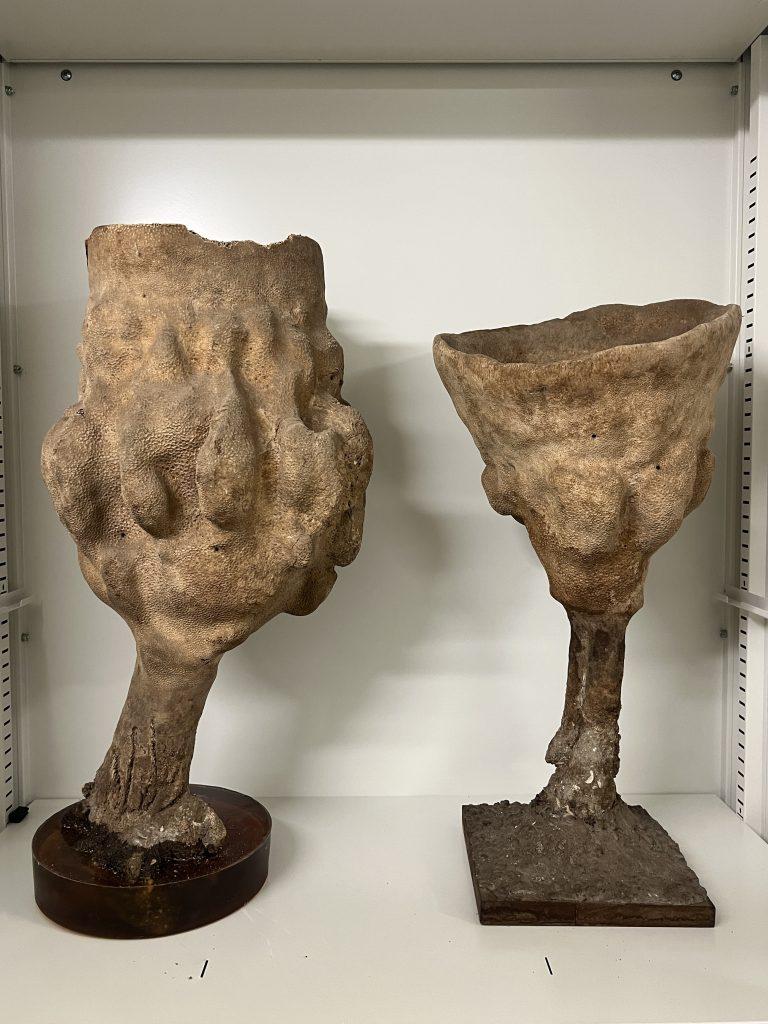Research //

The LKCNHM sponge collection comprises mostly of sponges from Singapore waters. It includes over 150 sponge species associated with coral reef habitats, with over 500 specimens deposited by Hooper et al. (2000), de Voogd & Cleary (2009), and Lim et al. (2012). Additionally, there are more than 50 sponge species from various habitats, such as artificial substrate, benthic areas, and freshwater bodies, with around 200 specimens deposited by Lim & Tan (2008, 2013, 2016) and Lim et al. (2008). Consequently, the collection encompasses over 200 sponge species.
There are three major sponge collections for cancer research gathered in the 1990s by Prof. Chou’s lab, Serena Teo’s team, and Nigel Goh’s team, totaling approximately 600 specimens, though these specimens are largely unidentified and uncatalogued. Notably, a Dutch student named Hans Moll contributed a significant sponge collection (over 50 specimens) collected from Pulau Hantu and Raffles Lighthouse in the late 1970s.
More recently, the Comprehensive Marine Biodiversity Survey (CMBS) conducted from 2010 to 2015 yielded around 200 specimens from deeper waters. A noteworthy discovery was the collection of numerous “lithistid” or Rock Sponges near the Singapore Port Limits at depths ranging from 50 to 200 metres.
Lastly, the oldest specimens in the collection are likely the three dried specimens of the Neptune’s Cup Sponge (Cliona patera) collected in the 1800s, based on the “Guide to the Zoological Collection of the Raffles Museum” by Hanitsch (1908), the then-museum director. Unfortunately, detailed information about the collection of these iconic sponges is unknown. The earliest documented sponge specimen in the collection is a bath sponge (Spongia sp.) collected from Telok Ayer on 4 August 1898, predating the area’s reclamation in the 1900s!